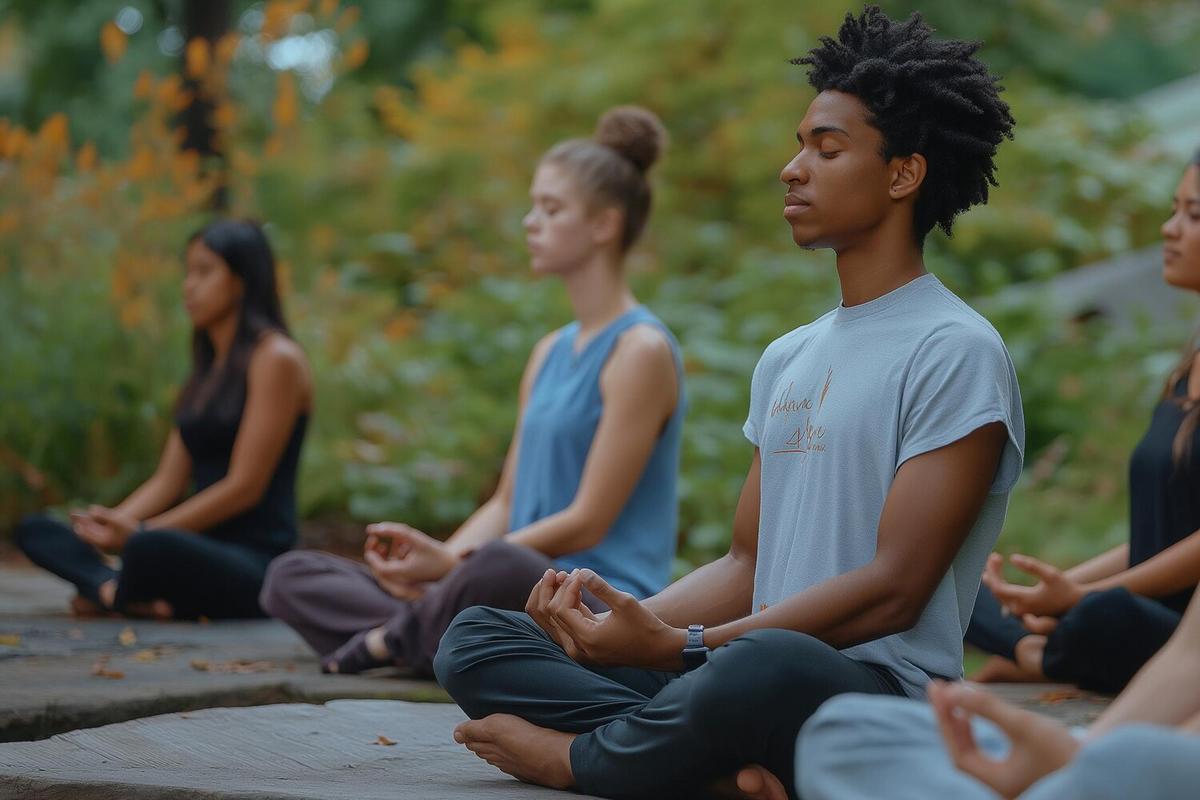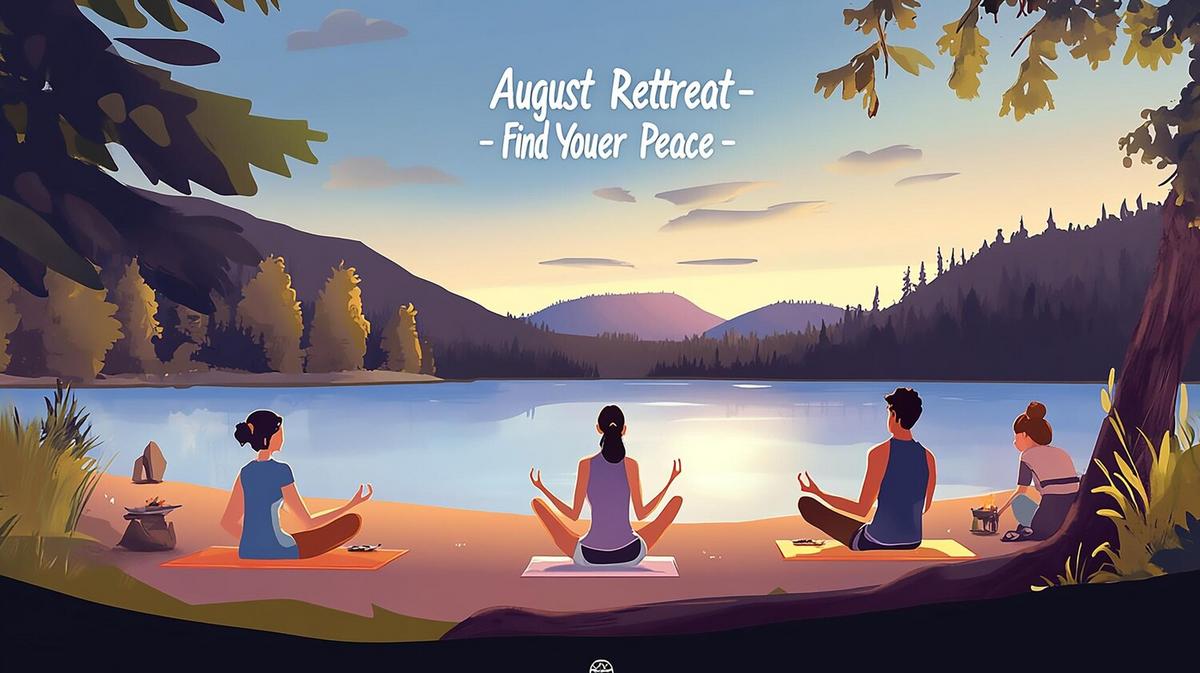
Mindfulness for Beginners: Techniques to Improve Your Daily Life
Have you ever found yourself lost in thought, missing out on the present moment? Mindfulness, a practice rooted in ancient traditions, can help you recenter and enhance your daily life by staying connected to the here and now.
What is Mindfulness?
Mindfulness is the practice of being present and fully engaged with the current moment, without judgment or distraction. It’s about paying attention to our thoughts, feelings, and sensations in a way that can help improve mental clarity and emotional stability.
Expert Insights
According to renowned mindfulness teacher Jon Kabat-Zinn, mindfulness is ‘the awareness that arises from paying attention, on purpose, in the present moment and non-judgmentally.’ His work has been pivotal in bringing mindfulness practices into mainstream healthcare and education.
Benefits Supported by Research
Studies have shown that mindfulness can reduce stress, enhance cognitive flexibility, and even boost immune function. For instance, research from the University of Massachusetts Medical School revealed that participants in an eight-week mindfulness program experienced a significant decrease in anxiety and depression.
Personal Experiences
Consider the story of Emily, a busy professional who found herself constantly overwhelmed. By dedicating just ten minutes a day to mindfulness meditation, she noticed a remarkable improvement in her focus and patience, both at work and home.
Getting Started with Mindfulness
Beginning a mindfulness practice can be simple. Here are a few techniques to get you started:
- Breathing Exercises: Spend a few minutes each day focusing on your breath. Inhale deeply, hold for a count of four, and exhale slowly.
- Body Scan: Lie down in a comfortable position and mentally scan your body from head to toe, noting any areas of tension.
- Mindful Walking: As you walk, pay attention to the sensation of each step and the rhythm of your breath.
Comparison of Mindfulness Techniques
| Technique | Description | Duration |
|---|---|---|
| Breathing Exercises | Focus on controlled breathing | 5-10 minutes |
| Body Scan | Mentally scan your body for tension | 10-15 minutes |
| Mindful Walking | Pay attention to each step and breath | Varies |
| Guided Meditation | Listen to a guided meditation session | 10-15 minutes |
| Mindful Eating | Focus on the taste, texture, and aroma of food | During meals |
| Gratitude Journaling | Write down things you’re grateful for | 5 minutes daily |
| Loving-Kindness Meditation | Practice sending positive thoughts to others | 10 minutes |
| Yoga | Combine mindfulness with physical movement | 20-60 minutes |
FAQ
FAQs
What is the best time to practice mindfulness?
Any time that fits into your schedule is a good time to practice mindfulness. Many people find morning or evening practices beneficial.
Do I need special equipment to practice mindfulness?
No special equipment is needed. All you need is a quiet space and a few minutes of your time.
Can mindfulness help with stress?
Yes, mindfulness is known to reduce stress by helping individuals focus on the present and manage their emotional responses.
Conclusion
Mindfulness is a valuable tool for enriching your daily life by enhancing focus, reducing stress, and fostering a sense of peace. By incorporating these simple techniques into your routine, you can begin to experience the profound benefits of living in the moment. Start today and notice the difference mindfulness can make in your life.


